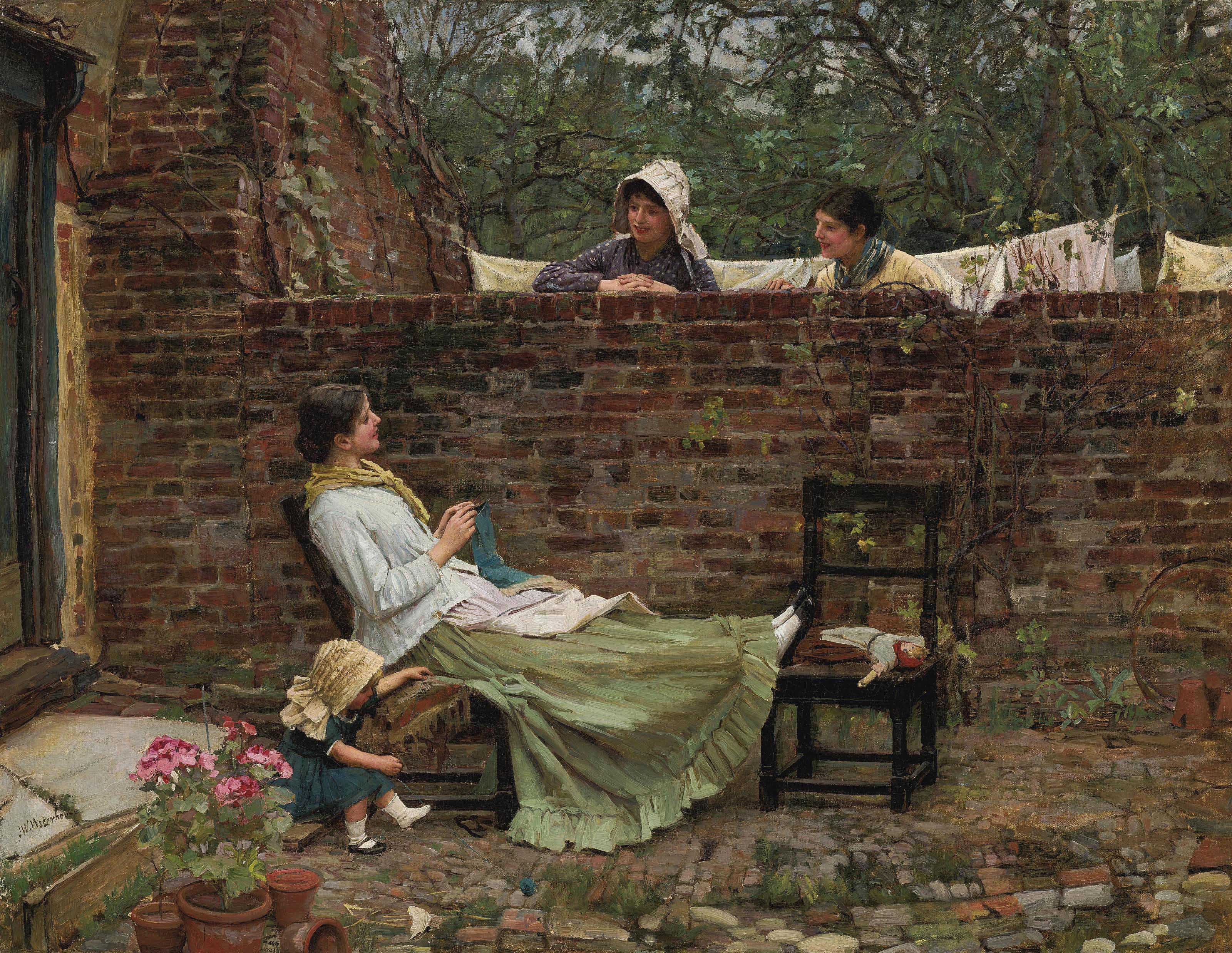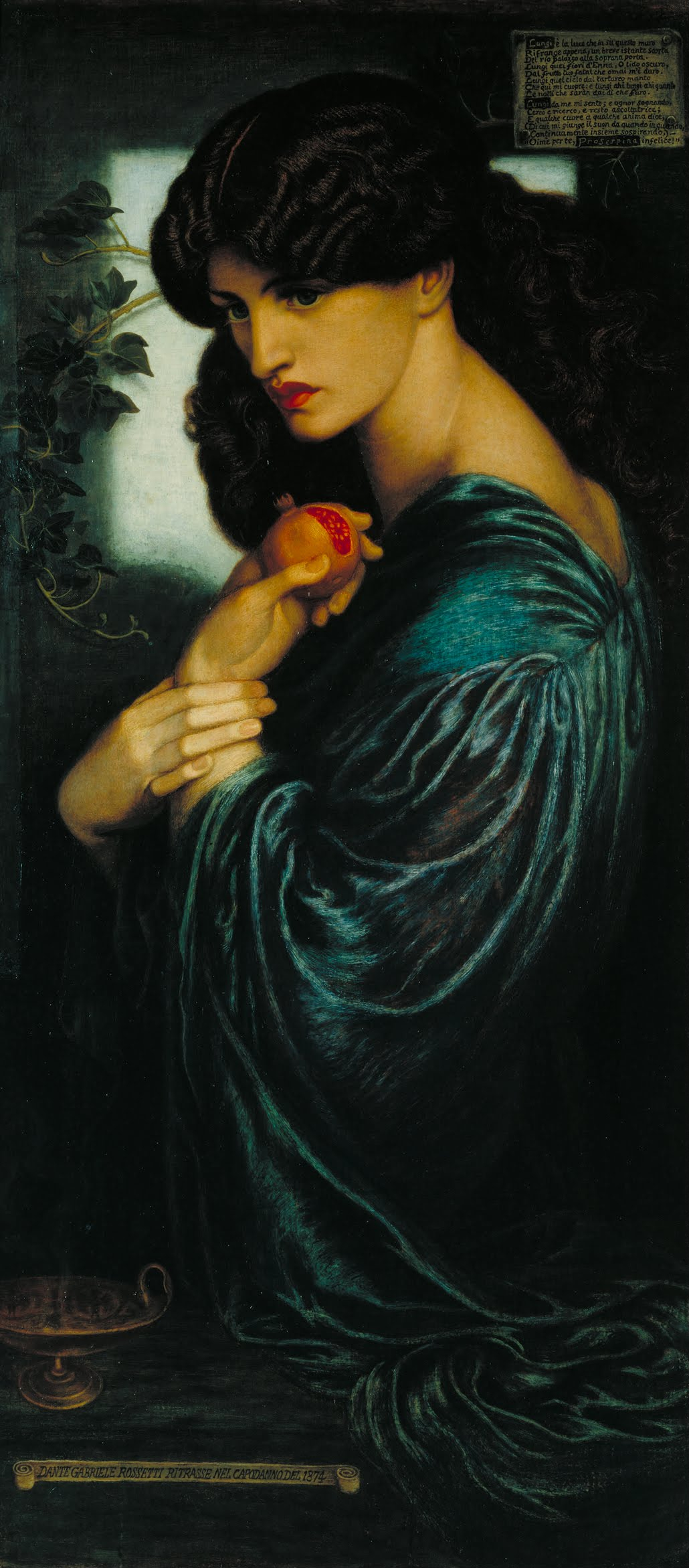|
Boreas (painting)
''Boreas'' is an oil painting in the Pre-Raphaelite style created in 1903 by John William Waterhouse. Subject The painting is titled ''Boreas (god), Boreas'', after the Greek god of the north wind, and it shows a young girl buffeted by the wind. The 1904 Royal Academy notes described the subject of the painting as: Provenance ''Boreas'' was put up for sale in the mid-1990s after having been lost for 90 years – causing quite a sensation in the art community. The painting achieved a record price for Waterhouse at that time, £848,500 ($1,294,000 USD). See also * List of paintings by John William Waterhouse References [...More Info...] [...Related Items...] OR: [Wikipedia] [Google] [Baidu] |
John William Waterhouse
John William Waterhouse (baptised 6 April 184910 February 1917) was an English painter known for working first in the Academic style and for then embracing the Pre-Raphaelite Brotherhood's style and subject matter. His paintings are known for their depictions of women from both ancient Greek mythology and Arthurian legend. A high proportion depict a single young and beautiful woman in a historical costume and setting, though there are some ventures into Orientalist painting and genre painting, still mostly featuring women. Born in Rome to English parents who were both painters, Waterhouse later moved to London, where he enrolled in the Royal Academy of Art Schools. He soon began exhibiting at their annual summer exhibitions, focusing on the creation of large canvas works depicting scenes from the daily life and mythology of ancient Greece. Many of his paintings are based on authors such as Homer, Ovid, Shakespeare, Tennyson, or Keats. Waterhouse's work is displayed in m ... [...More Info...] [...Related Items...] OR: [Wikipedia] [Google] [Baidu] |
Oil Painting
Oil painting is a painting method involving the procedure of painting with pigments combined with a drying oil as the Binder (material), binder. It has been the most common technique for artistic painting on canvas, wood panel, or oil on copper, copper for several centuries. The advantages of oil for painting images include "greater flexibility, richer and denser color, the use of layers, and a wider range from light to dark". The oldest known oil paintings were created by Buddhism, Buddhist artists in Afghanistan, and date back to the 7th century AD. Oil paint was later developed by Europeans for painting statues and woodwork from at least the 12th century, but its common use for painted images began with Early Netherlandish painting in Northern Europe, and by the height of the Renaissance, oil painting techniques had almost completely replaced the use of egg tempera paints for panel paintings in most of Europe, though not for Orthodox icons or wall paintings, where tempera a ... [...More Info...] [...Related Items...] OR: [Wikipedia] [Google] [Baidu] |
Private Collection
A private collection is a privately owned collection of works (usually artworks) or valuable items. In a museum or art gallery context, the term signifies that a certain work is not owned by that institution, but is on loan from an individual or organization, either for temporary exhibition or for the long term. This source is usually an art collector, although it could also be a school, church, bank, or some other company or organization. By contrast, collectors of books, even if they collect for aesthetic reasons (fine bookbindings or illuminated manuscripts for example), are called bibliophiles, and their collections are typically referred to as libraries. History Art collecting was common among the wealthy in the Ancient World in both Europe and East Asia, and in the Middle Ages, but developed in its modern form during the Renaissance and continues to the present day. The royal collections of most countries were originally the grandest of private collections but are n ... [...More Info...] [...Related Items...] OR: [Wikipedia] [Google] [Baidu] |
Oil Painting
Oil painting is a painting method involving the procedure of painting with pigments combined with a drying oil as the Binder (material), binder. It has been the most common technique for artistic painting on canvas, wood panel, or oil on copper, copper for several centuries. The advantages of oil for painting images include "greater flexibility, richer and denser color, the use of layers, and a wider range from light to dark". The oldest known oil paintings were created by Buddhism, Buddhist artists in Afghanistan, and date back to the 7th century AD. Oil paint was later developed by Europeans for painting statues and woodwork from at least the 12th century, but its common use for painted images began with Early Netherlandish painting in Northern Europe, and by the height of the Renaissance, oil painting techniques had almost completely replaced the use of egg tempera paints for panel paintings in most of Europe, though not for Orthodox icons or wall paintings, where tempera a ... [...More Info...] [...Related Items...] OR: [Wikipedia] [Google] [Baidu] |
Pre-Raphaelite
The Pre-Raphaelite Brotherhood (PRB), later known as the Pre-Raphaelites, was a group of English painters, poets, and art critics, founded in 1848 by William Holman Hunt, John Everett Millais, Dante Gabriel Rossetti, William Michael Rossetti, James Collinson, Frederic George Stephens and Thomas Woolner who formed a seven-member "Brotherhood" partly modelled on the Nazarene movement. The Brotherhood was only ever a loose association and their principles were shared by other artists of the time, including Ford Madox Brown, Arthur Hughes (artist), Arthur Hughes and Marie Spartali Stillman. Later followers of the principles of the Brotherhood included Edward Burne-Jones, William Morris and John William Waterhouse. The group sought a return to the abundant detail, intense colours and complex compositions of Quattrocento Italian art. They rejected what they regarded as the mechanistic approach first adopted by Mannerism, Mannerist artists who succeeded Raphael and Michelangelo. The ... [...More Info...] [...Related Items...] OR: [Wikipedia] [Google] [Baidu] |
Boreas (god)
Boreas (, , , , ; also , ) is the Greek god of the cold north wind, storms, and winter. Although he was normally taken as the north wind, the Roman writers Aulus Gellius and Pliny the Elder both took Boreas as a northeast wind, equivalent to the Roman god Aquilo or Septentrio. Boreas is depicted as being very strong, with a violent temper to match. He was frequently shown as a winged old man or sometimes as a young man with shaggy hair and beard, holding a conch shell and wearing a billowing cloak. Boreas's most known myth is his abduction of the Athenian princess Orithyia of Athens, Oreithyia. Description Boreas, like the rest of the wind gods, was said to be the son of Eos, the goddess of the dawn, by her husband Astraeus, a minor star-god. He is thus brother to the rest of the Anemoi (the wind gods), the five star-gods and the justice goddess Astraea. Boreas was closely associated with horses, storms, and winter. He was said to have fathered twelve colts, after taking th ... [...More Info...] [...Related Items...] OR: [Wikipedia] [Google] [Baidu] |
Royal Academy
The Royal Academy of Arts (RA) is an art institution based in Burlington House in Piccadilly London, England. Founded in 1768, it has a unique position as an independent, privately funded institution led by eminent artists and architects. Its purpose is to promote the creation, enjoyment and appreciation of the fine arts through exhibitions, education and debate. History The origin of the Royal Academy of Arts lies in an attempt in 1755 by members of the Royal Society of Arts, Society for the Encouragement of Arts, Manufactures and Commerce, principally the sculptor Henry Cheere, to found an autonomous academy of arts. Before this, several artists were members of the Society for the Encouragement of Arts, Manufactures and Commerce, including Cheere and William Hogarth, or were involved in small-scale private art academies, such as the St Martin's Lane Academy. Although Cheere's attempt failed, the eventual charter, called an 'Instrument', used to establish the Royal Academy of ... [...More Info...] [...Related Items...] OR: [Wikipedia] [Google] [Baidu] |
List Of Paintings By John William Waterhouse
This is a list of the paintings by the British Pre-Raphaelite artist John William Waterhouse. 1870s 1880s 1890s 1900s 1910s See also * List of Pre-Raphaelite paintings {{Lists of paintings Paintings by John William Waterhouse, * Lists of paintings, Waterhouse ... [...More Info...] [...Related Items...] OR: [Wikipedia] [Google] [Baidu] |
1903 Paintings
Nineteen or 19 may refer to: * 19 (number) * One of the years 19 BC, AD 19, 1919, 2019 Films * ''19'' (film), a 2001 Japanese film * ''Nineteen'' (1987 film), a 1987 science fiction film * '' 19-Nineteen'', a 2009 South Korean film * '' Diciannove'', a 2024 Italian drama film informally referred to as "Nineteen" in some sources Science * Potassium, an alkali metal * 19 Fortuna, an asteroid Music * 19 (band), a Japanese pop music duo Albums * ''19'' (Adele album), 2008 * ''19'', a 2003 album by Alsou * ''19'', a 2006 album by Evan Yo * ''19'', a 2018 album by MHD * ''19'', one half of the double album '' 63/19'' by Kool A.D. * ''Number Nineteen'', a 1971 album by American jazz pianist Mal Waldron * ''XIX'' (EP), a 2019 EP by 1the9 Songs * "19" (song), a 1985 song by British musician Paul Hardcastle * "Stone in Focus", officially "#19", a composition by Aphex Twin * "Nineteen", a song from the 1992 album ''Refugee'' by Bad4Good * "Nineteen", a song from the ... [...More Info...] [...Related Items...] OR: [Wikipedia] [Google] [Baidu] |







